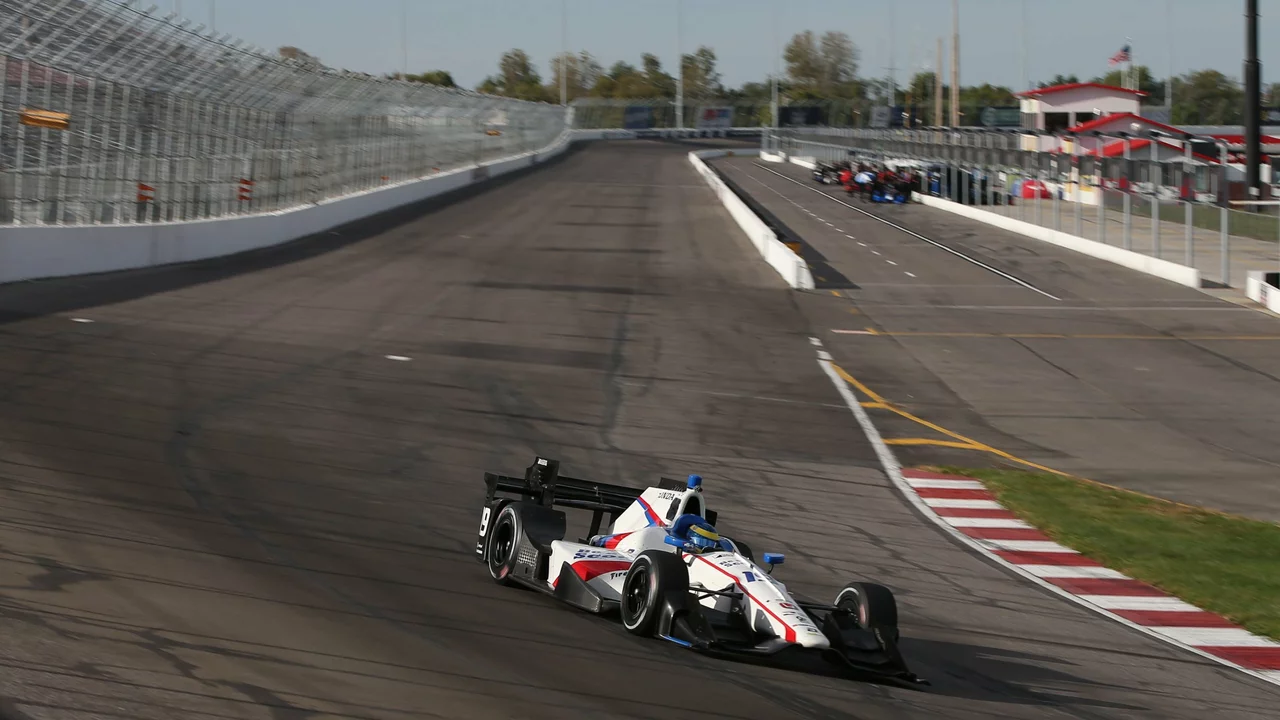Racing Analysis: What Drives the Fast Lane
Ever wondered why some drivers seem to have an extra gear of instinct? It’s not magic – it’s a mix of data, practice, and split‑second decisions. In this article we break down the nuts and bolts of racing analysis so you can see what makes a win tick.
Why Drivers Train Like Athletes
Professional racers spend around 4‑6 hours on the track six days a week, plus hours in the gym and mind‑training sessions. That routine builds the stamina needed to keep focus at 200+ mph. For example, a typical Formula 1 driver will run cardio drills, reaction‑time games, and vibration‑training to mimic the car’s feel. The result? Less fatigue on long stints and sharper corner entries.
But it’s not just physical. Data from telemetry tells a driver exactly where they lost time – maybe a brake point was 0.2 seconds late. Analyzing that data after each session lets them tweak their line without guessing. The more they practice, the faster the brain learns the optimal path.
Historic Moments that Shaped Modern Racing
Take the 1966 Le Mans story of Ken Miles. He slowed to let his teammates catch up, aiming for a photo finish, and ended up second because the car behind covered a longer distance. That episode sparked rule changes on how finishes are measured and taught teams the danger of over‑coordinating.
Another classic is the rise of Spanish and Italian riders in MotoGP. Strong national racing schools, ample local tracks, and a culture that celebrates two‑wheel success turned those countries into talent factories. That legacy still drives the grid today and pushes other nations to invest in youth programs.
Even the lack of Formula 1 in the U.S. tells a story. High hosting costs, competition from NASCAR, and a perception of F1 as an elite European sport kept it out for years. Recent fan interest and new tracks are now reshaping that narrative, showing how market analysis can rewrite a sport’s geography.
When you combine driver training data, historic race outcomes, and market trends, a clear picture emerges: success isn’t just about speed, it’s about reading the numbers and learning from the past. Whether you’re a casual fan or a budding racer, understanding these angles makes every race more exciting.
So next time you watch a Grand Prix or a MotoGP showdown, keep an eye on the telemetry screens, the driver’s body language, and the stories that led to today’s strategies. That’s the heart of racing analysis – turning raw speed into smart victories.
